STEAM TRAIN
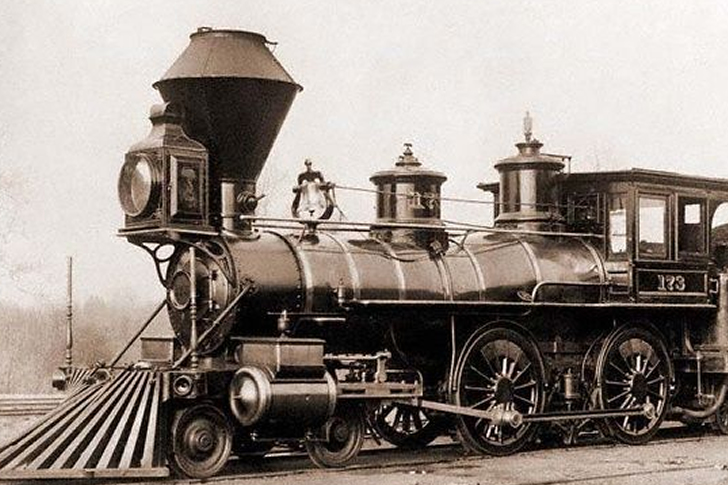
Wild West was popular in the old days for their railway transport vehicle credited as steam trains. The stream trains function by producing traction through a steam engine that uses wood, oil, or coal to produce steam. The steam moves the compressors and pumps that are connected to the wheels. These railway trains have contributed a lot to the Old West, either for business, work, or leisure. It also allowed people to build a new life in different parts of the country. The first-ever steam train in America was built by Peter Cooper in 1830 and it was called Tom Thumb.
WAGONS AND HORSES
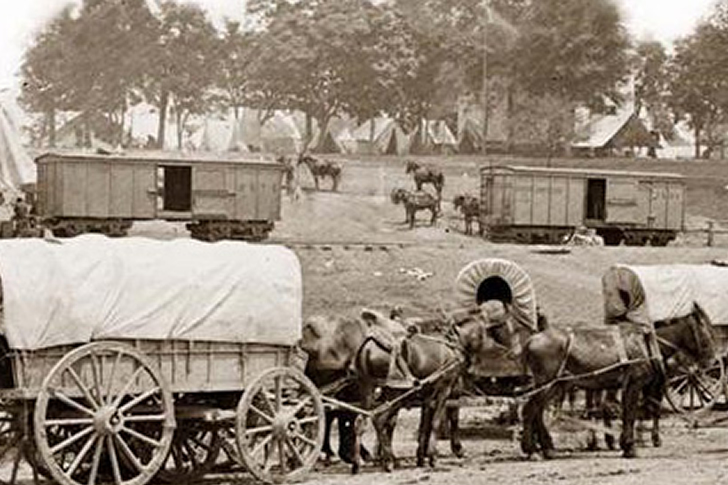
The Wild West had a booming trade and industry for a time. As mentioned, their business investments include ranching, fur clothing, agricultural goods, and a lot more. Since there were no trucks yet that could carry a heavy load, they had to use a number of wagons and horses to transport the goods. The cowboy in the photo seems to be carrying a mountain of trade products to be delivered. His effort of going back and forth was really challenging. Life may be tough during those times, but we owe it to them for the innovations that they have contributed.
BRANDING THE HORSE
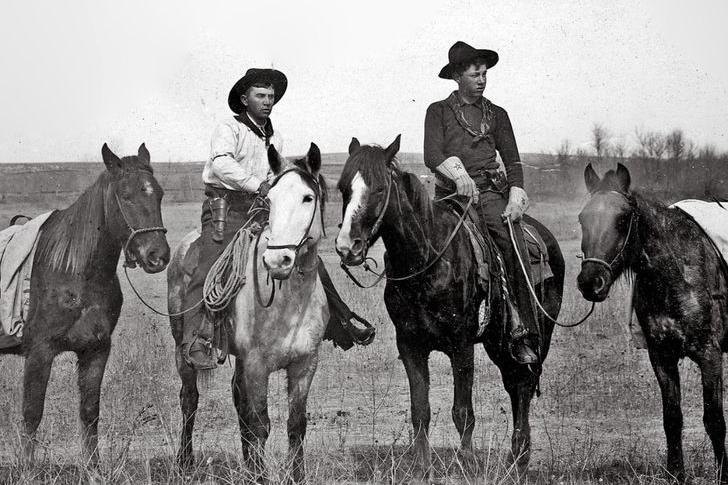
The Wild West had vast livestock back in the day, and we cannot imagine a cowboy without a horse. Horses were high in demand since they were used for leisure, for transportation, and during the war. Due to a large number of horses, cowboys had to mark them (especially during round-up) so they can identify their owners. Marking was also credited as branding. A century ago, cowboys brand horses using branding iron heated on the fire then pressing it onto the horse’s skin. Nowadays there are several new horse branding techniques to include microchip implant, freeze branding, and earmarking.
KITTIWINK THE HORSE
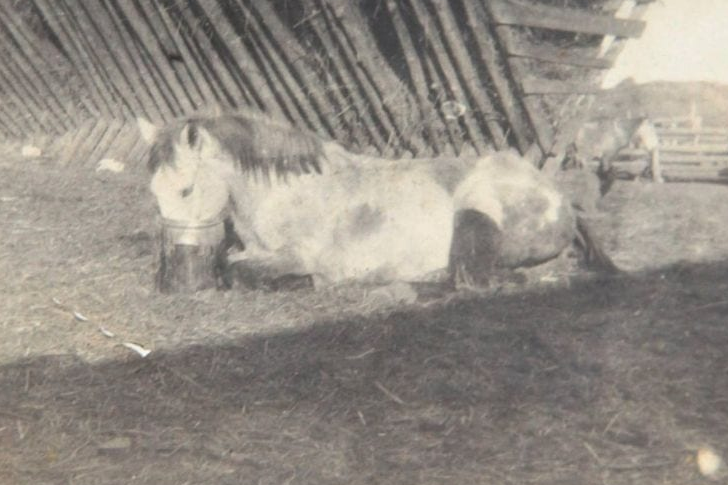
This white horse’s name is Kittiwink, as written on a note behind this photo. Kittiwink must have been so hungry that it looked busy feeding himself on the pale. Horses were cowboys’ best friend in the Old West, as they have been a companion and a form of transportation and leisure to them. There are several breeds of horses in the Old West that vary in purpose, and some examples are Tennessee Walking Horse and Missouri Fox Trotter. The Missouri Fox Trotter is credited to travel long distances at a speed of at least five miles per hour, making it the sheriffs’ favorite.
DONKEY
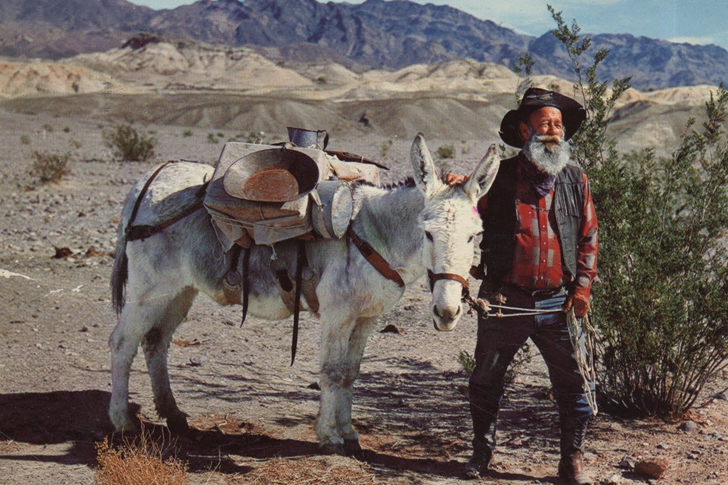
Aside from horses, donkey played a huge role in helping cowboys in the Old West, too. In this photo, this donkey carries piles of wood. We can assume that the owner and his donkey must have gathered wood to use in the fireplace, for construction, or for fixing the man’s house. For nearly 5,000 years, the donkeys have given assistance to humans both in transport and agriculture. Credits to their small size and quick instinct, donkeys were also used in the war to rescue wounded soldiers and to carry gear, explosives, and supplies. Also, they are friendly animals!
BORAX AND THE TWENTY-MULE TEAM
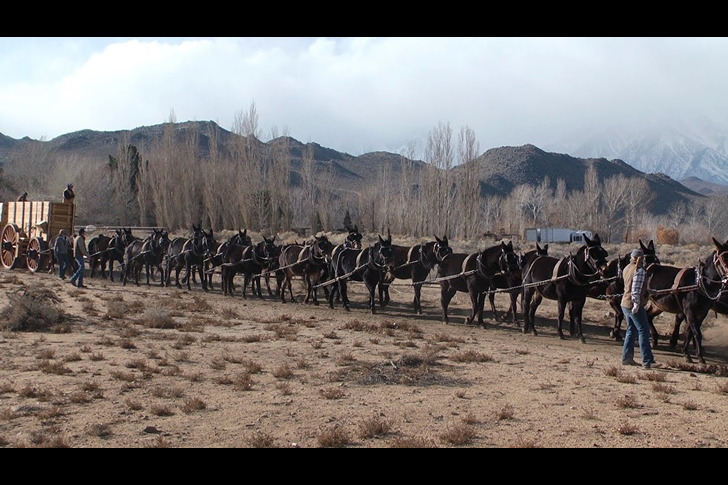
Borax was a huge business in the Wild West for thousands of years. During the gold rush in 1848, borax powder was utilized in the gold extraction process. This image captured in the 1870s depicts the twenty-mule team (eighteen mules and two horses) which was designed to transport borax out of Death Valley in California from 1883 to 1889. Its capacity was to carry 9 metric tons of borax at a time. The Twenty-mule team was credited to Francis Marion Smith, an American miner who founded Pacific Coast Borax Company. He was dubbed as “The Borax King”.
BLACK ELK AND ELK
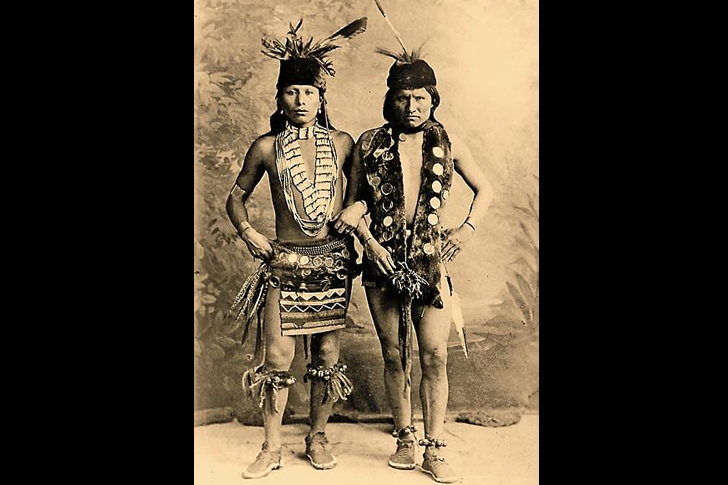
Black Elk and Elk were both Show Indians who performed in Buffalo Bill’s Wild West Shows and other similar shows. In his time with Buffalo Bill, Black Elk performed for Queen Victoria for her Golden Jubilee in 1887. They called the Queen, “Grandmother England” at that time. The Show Indians were credited for their reenactment of historical events, their sharpshooting skills with bows and arrows, demonstration of horseback riding, and dance performance. However, Black Elk was no ordinary show Indian, he also fought in the Battle of Little Big Horn in 1876 and Wounded Knee in 1890.
BILL ANDERSON
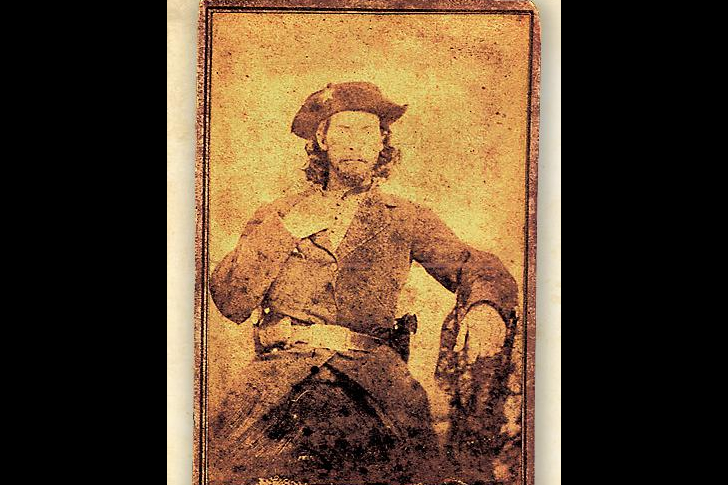
This small photograph, also called carte de visite, is credited to photographer Andre Adolphe Eugene Disderi. His subject was found in the Wild West outlaw Bill Anderson, one of the notorious pro-Confederate leaders in the American Civil War. He also led volunteer rangers who attacked and killed Union soldiers in Missouri and Kansas, to avenge the death of his father who was killed by a Union loyalist judge. Anderson was involved in horse trafficking as he was known to steal horses and reselling them in different parts of the country. In 1864, he was killed by Union military leader, Lieutenant Colonel Samuel P. Cox.
CHARLES SIRINGO
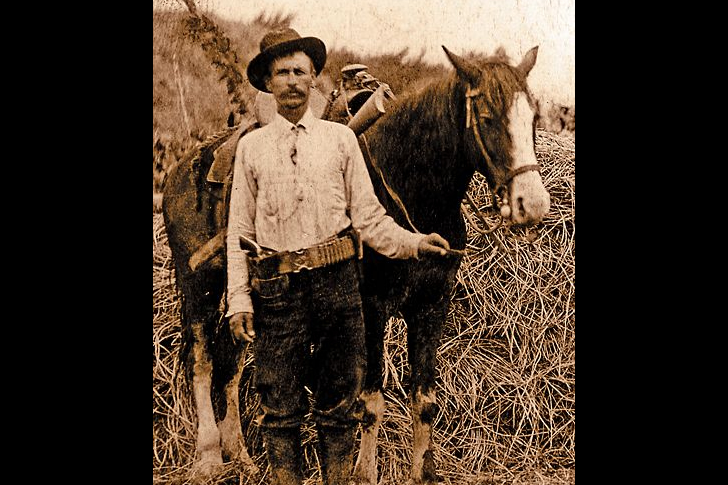
Charles Siringo was an American detective in the Wild West. Beside him in this photograph was his partner, W.B. Sayers. This photo was captured between 1899 and 1900 when the pair infiltrated the Wild Bunch. Siringo’s 1912 book entitled “A Cowboy Detective” mentioned his partner. For this instance, he changed W.B. Sayers’ name to W.O. Sayles and wrote that he worked alongside him. Siringo would often change the names in his book to hide and protect the identity of his subjects. As an agent for Pinkerton National Detective Agency, Siringo was assigned to work in Alaska, Mexico City, and Denver.
QUANAH PARKER
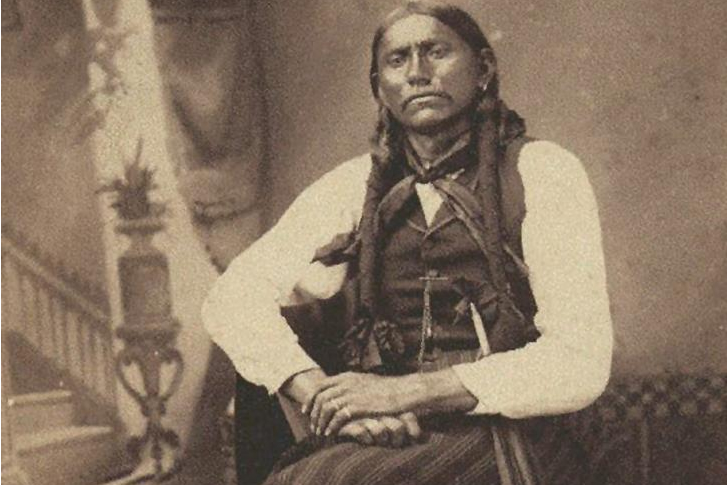
Quanah Parker was the son of Comanche chief Peta Nocona and Anglo-American, Cynthia Ann Parker. He was abducted and assimilated into the Nokoni tribe. In 1871, he became a war leader in the Red River War, a military campaign launched by the US Army to displace Native American tribes from the Southern Plains to the Indian Territory. He was appointed the chief of the entire Comanche Nation by the federal government. Aside from being the chief, he was also a rancher. In 1911, Parker died and was buried at Fort Sill. He was credited with the “Last Chief of the Comanche.”

